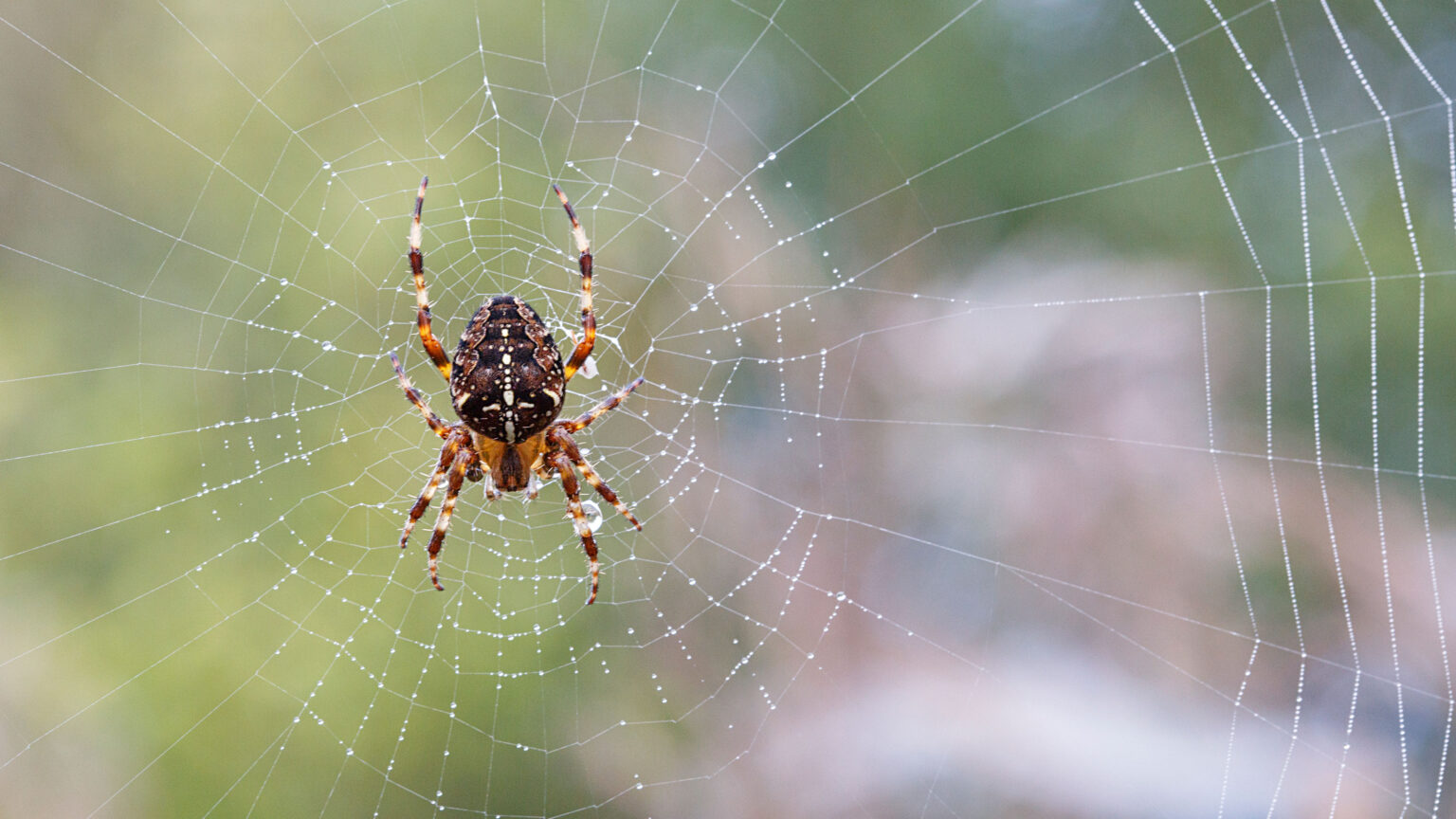I don’t know what it is about my house, but spiders seem to think my windows are prime real estate. No matter the season – spring, summer, autumn or even the depths of winter, I’ll find fresh webs spun around the corners of my window frames. And the result is messy corners and windows already decorated for Halloween.
Now, I must admit, I’ve barely tried to tackle them as I’m a little bit nervous about what size spider might rear its head out of the nooks and crannies. However, I got inspired to tackle the issue once and for all with an unlikely hack that actually worked: using WD40, which you can pick up at Amazon for £6.99.
OK, WD-40 is usually used for stopping squeaky hinges or loosening stuck screws, but it doubles up as a great spider deterrent too by creating a sort of slip-and-slide scenario for our eight-legged friends. This is how to use it and how it’s helped my spider web situation.
WD-40 Multi-Use Spray, 450ml
How does WD-40 work against spiders?
Turns out, spiders don’t like the oily, slippery surface WD-40 leaves behind.
When sprayed lightly around window frames, sills and corners, it creates a barrier that makes it difficult for them to anchor their webs, and subsequently it gets rid of spiders and stops them from coming back to build webs on your windows.
Where to spray WD-40 for spider webs
The trick is to apply WD-40 only to the outside of your window frames, particularly along corners and crevices where webs tend to appear.
There’s no need to overdo it. A quick mist is enough to leave a protective film. Avoid spraying too much directly onto glass, as it will smear and require extra cleaning.
Is it safe to use?
It’s worth being careful if you have pets or young children who might touch the treated areas.
I wiped away any excess so it didn’t drip and potentially damage paintwork too.
Does it really keep spiders away?
I’ll be honest, I was pretty sceptical that this would work, but after giving the corners of my hallway window frames a quick spray, I noticed that the spider who clearly lived there had vacated his premises.
Here’s exactly what I did: I quickly dusted off the existing webs, then gave the area a clean to make sure the surface was free from dirt. Once it was dry, I lightly sprayed WD-40 along the corners and edges where the webs usually appear.
The treated areas have stayed clear, and the spiders seemed to avoid them completely. I’m going to ‘top up’ the areas with a little extra squirt every so often, but I reckon that’s all I’ll have to do.
So, spiders, I bid you adieu.
Spider deterrent alternatives
If using WD-40 feels a step too far, one of these other spider deterrents get the editors’ seal of approval.
Carno Calm Bergamot Essential Oil
Repellshield Spider Repellent Spray
Have you tried this WD-40 spider repellent trick? Let me know in the comments.
Read the full article here

